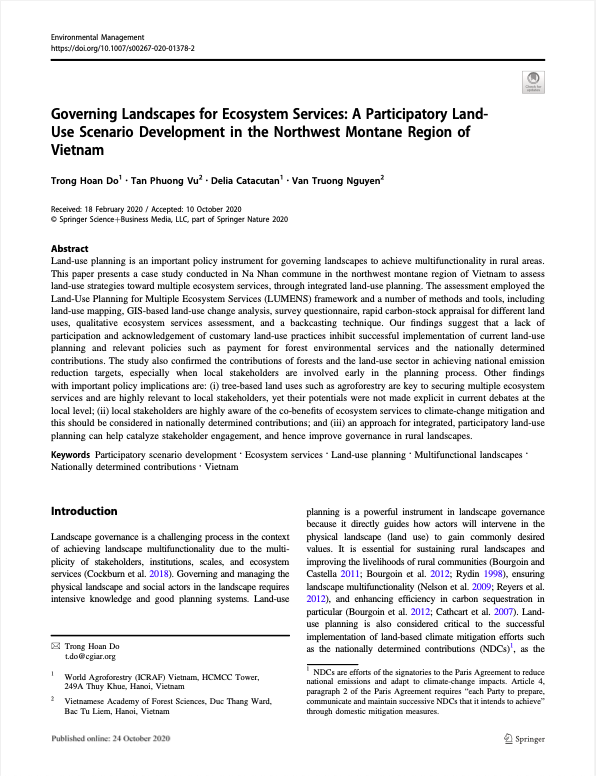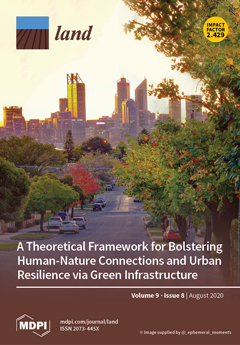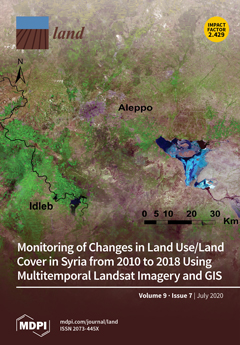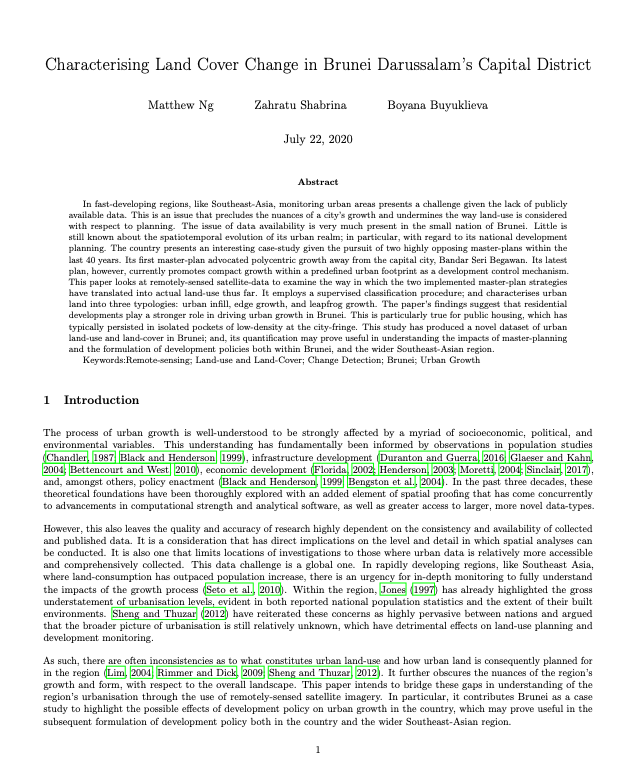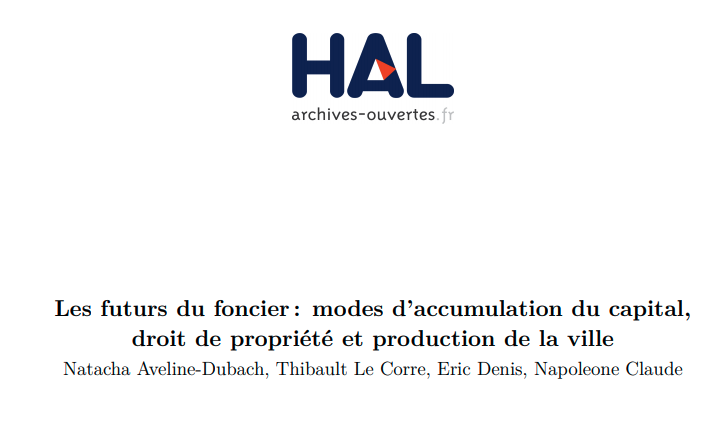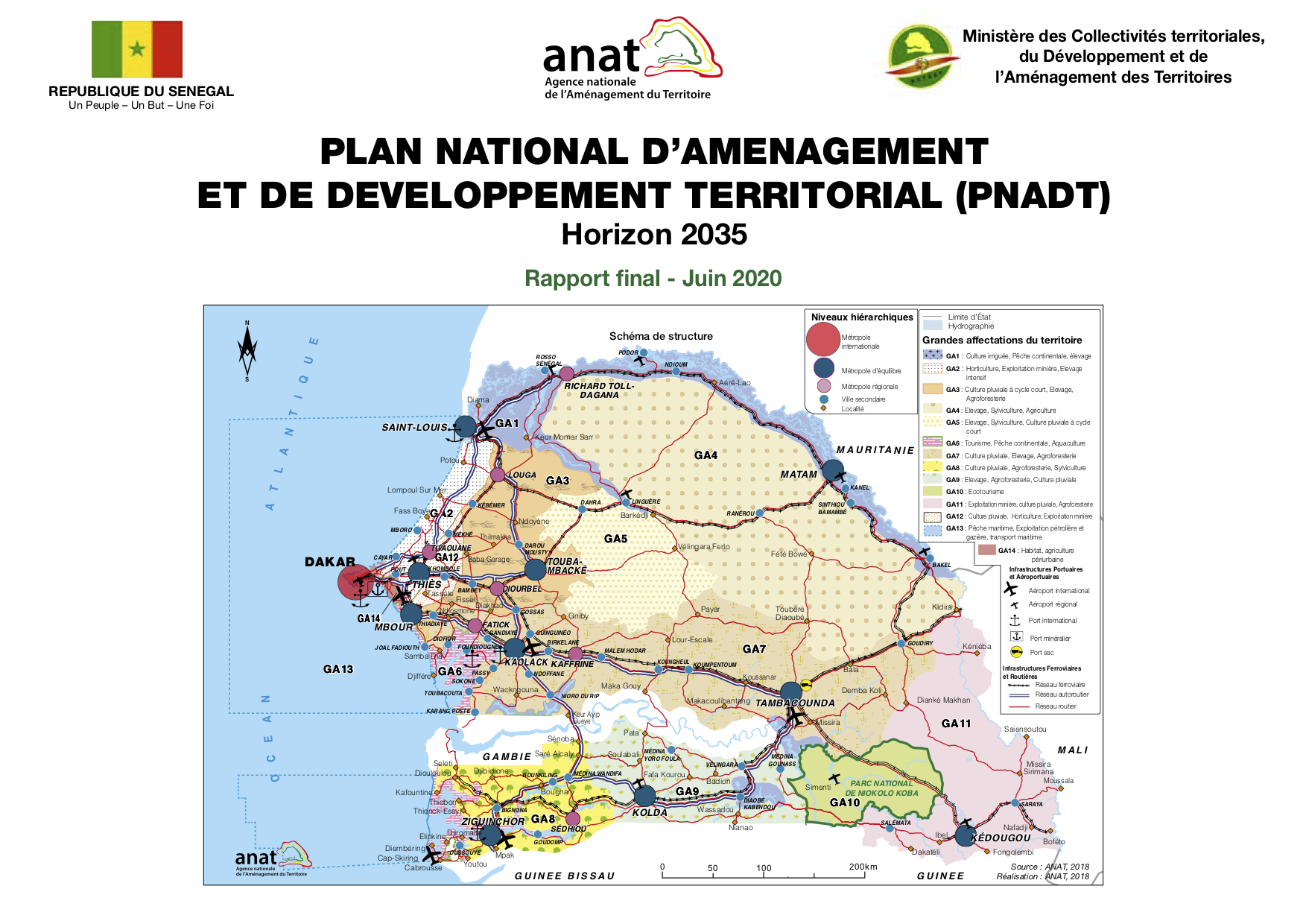Integrating Ecosystem Services into Land-Use Modeling to Assess the Effects of Future Land-Use Strategies in Northern Ghana
In West Africa, where the majority of the population relies on natural resources and rain-fed agriculture, regionally adapted agricultural land-use planning is increasingly important to cope with growing demand for land-use products and intensifying climate variability. As an approach to identify effective future land-use strategies, this study applied spatially explicit modeling that addresses the spatial connectivity between the provision of ecosystem services and agricultural land-use systems.


